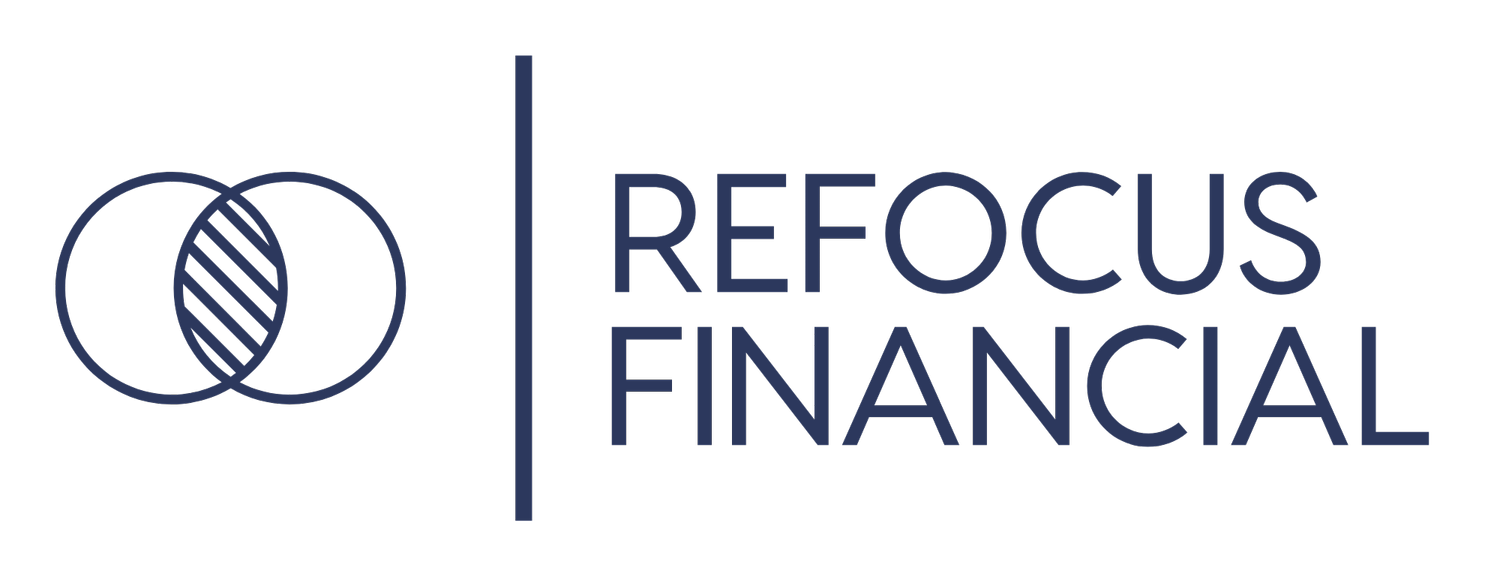
Planning + Investing.
Comprehensive financial planning and investment management with regular meetings to implement, monitor, and adjust as your situation changes over time.
Our Fees.
The Planning + Investing service has a one-time startup fee of $1,500.
Our fee is an annual flat fee based on Total Household Net Worth.
| Household Net Worth | Annual Fee | Quarterly Fee |
|---|---|---|
| Up to $5,000,000 | $7,500 |
$1,875 |
| $5,000,000 - $10,000,000 |
$12,000 |
$3,000 |
| Greater than $10,000,000 |
$15,600 |
$3,900 |
The Planning + Investing fee is charged on a monthly or quarterly basis and can be paid directly from investment management accounts, or via ACH from an account of your choosing.
While most advisors charge based on an Assets Under Management (AUM) fee schedule, we believe that fees should not be determined based on how much capital is being managed, rather based on the complexity of a client’s situation. This reduces conflicts of interest and provides you clarity on exactly how much you are paying to your advisor.
Our Financial Planning Process.
Listen.
During this one hour meeting, we will sit down to talk about your history with money, current situation, and goals for the future. We will assemble a collaborative document which captures this information and will request additional details needed to prepare the first draft of the financial plan.
Plan.
We will prepare an initial financial plan using a combination of software and shared spreadsheets. This plan will be a roadmap for decisions to be made around allocation of assets, cash flow management, and specific investment decisions.
Implement.
During this 1.5 hour meeting, there will be implementation steps for insurance planning, tax planning, estate planning, retirement planning and investment management. We will quarterback these changes with the respective professionals or possibly refer you to specialists if necessary.
Review.
90 days after our implementation meeting, we will have a review meeting. This will be a one hour check-in meeting where we review our implementation task list, summarizing completed tasks, updating our to-do list, and brainstorm any challenges that need to be addressed. This will be repeated every 90 days until all initial planning goals have been addressed. Once this occurs, we transition into the Monitor and Adjust process.
Monitor and Adjust.
Summer Meeting (May/June)
During this meeting we review the following:
Review goals list from Fall meeting. Determine if there are any major changes that should be reflected in the current tax year
Establish current year tax plan, make determinations on the target of current year taxable income
Perform beginning of year Roth Conversions and tax gain harvesting
Review Investment Policy to ensure alignment on long-term goals
Provide an updated goals list
Fall Meeting (Oct/Nov)
During this meeting we review the following:
Review net worth and historical net worth
Comprehensive review of benefits (Health Insurance, Long-Term Care Insurance, Estate Plan, Tax-Deferred Retirement Plan Beneficiaries)
Review year-end tax estimates and confirm plan for executing final tax strategies
Provide an updated goals list
Investment Management by Refocus Financial.
Many financial advisory companies make investment management more complex than is necessary. They lock clients into their service by using proprietary investments or hard to manage individual stock positions. There is an alternative. For most investors, modern portfolios should utilize well-diversified, low-cost ETFs and Mutual Funds. Fees add up over time, which is why Refocus’ approach of a single flat fee and low cost investments will benefit only you over time.
A Simple and Intelligent Approach.
Diversified.
A diversified portfolio, with an appropriate balance of industry, region, and different size companies across the globe. Portfolios are not built to take unnecessary risks, rather built to weather any market conditions.
Tax-Efficient.
Many investors don’t realize decisions on what holdings to place in a portfolio might impact their tax return positively or negatively, even if they don’t sell anything! Our portfolios are built to maximize tax-efficiency both now and in the future.
Easily Understood.
We keep it simple. There is no black box formula, and we don’t want our clients to be intimidated by their portfolio. In our opinion, more complexity does not equal a better outcome in most situations.
